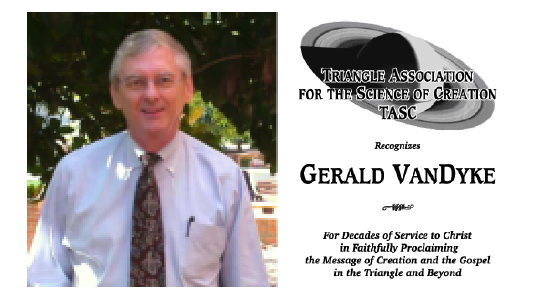Man or Ape: Which are You? Which do You Choose?
Mar 01, 2007 at 12:00 AM
O Timothy, keep that which is committed to thy trust, avoiding profane and vain babblings, and oppositions of science falsely so called: Which some professing have erred from the faith. Grace be with thee. Amen.” I Timothy 6: 20-21 (KJV)
As we approach this topic, I want to remind us of Paul’s admonition to the young Christian, Timothy, to make strong efforts to keep his faith. Dr. Henry Morris in his commentary on these verses in his annotated The Defenders Study Bible points out that “Science falsely so called” is in the Greek, literally “pseudo-science” or “pseudo-knowledge."


